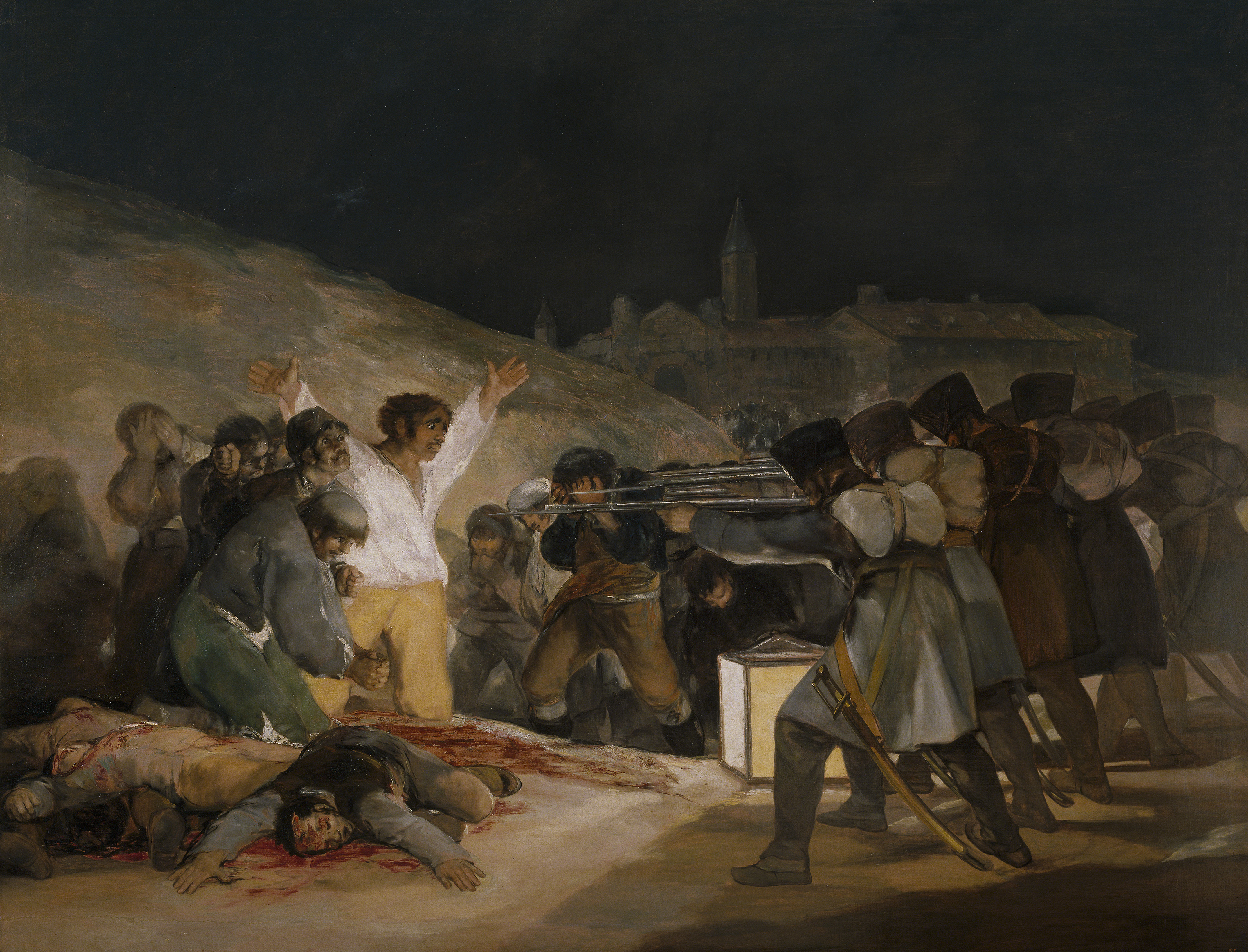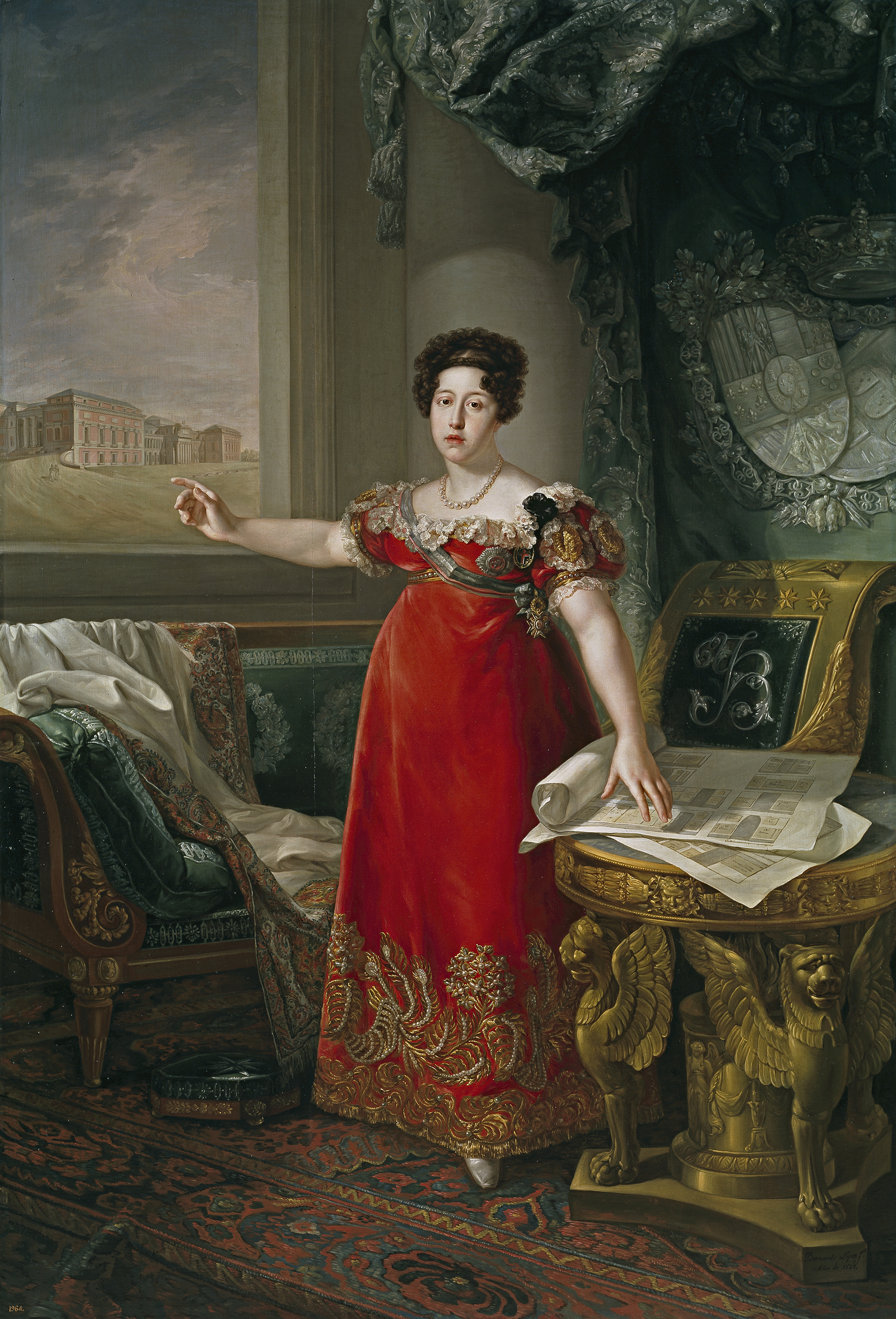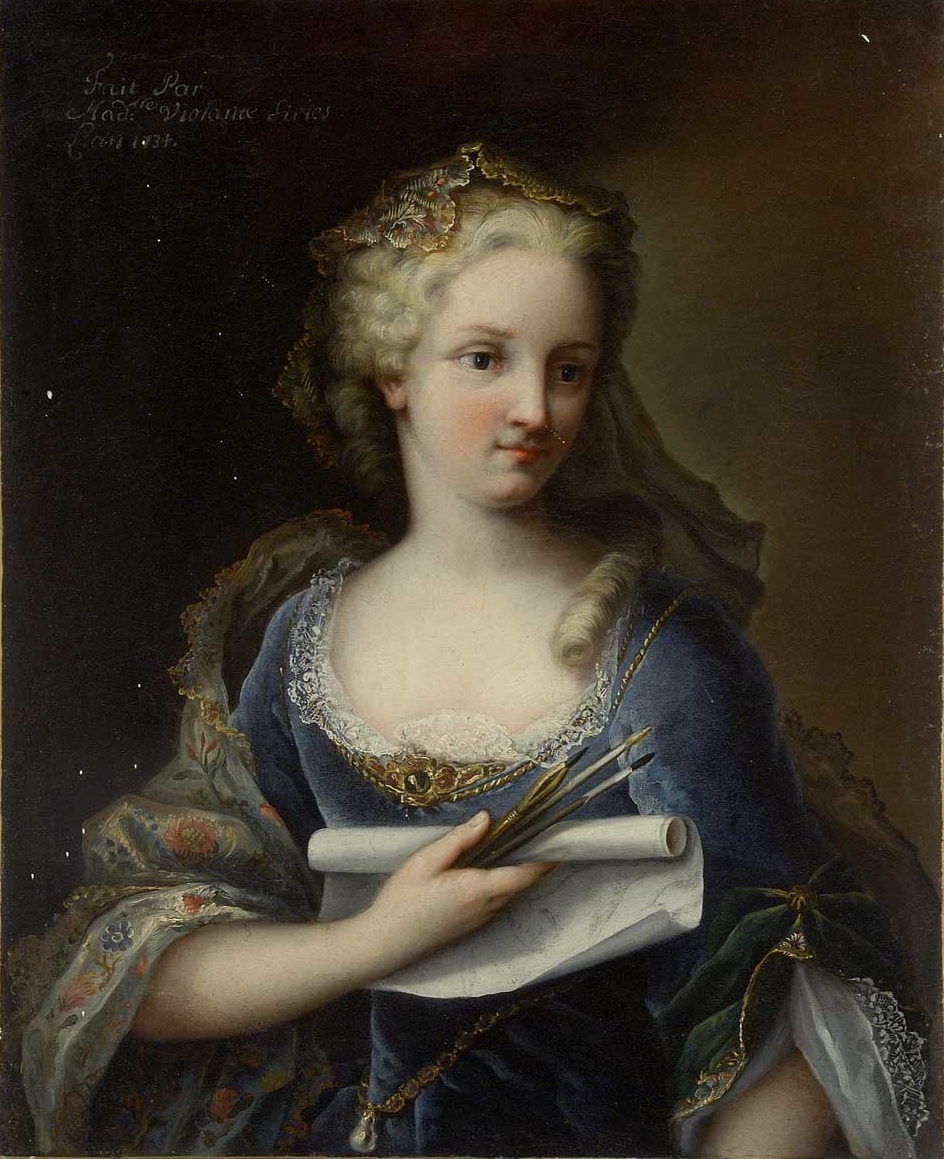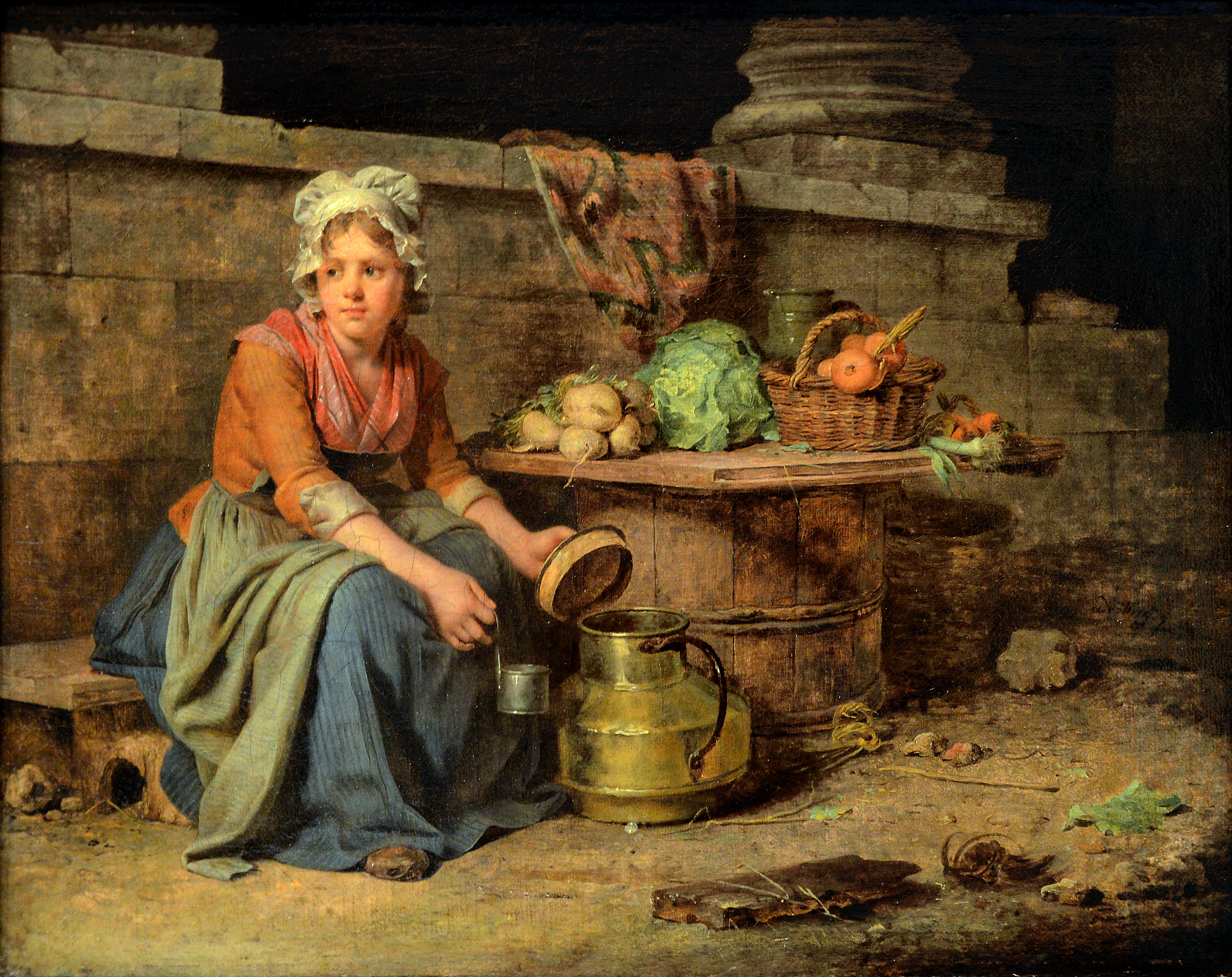"Oboe Concerto in D minor" has long been regarded as one of the finest concertos composed for the instrument.
Tomaso Giovanni Albinoni (1671-1751) was an Italian composer of the Baroque era.
His output includes operas, concertos, sonatas for one to six instruments, sinfonias, and solo cantatas.
While famous in his day as an opera composer, he is known today for his instrumental music, especially his concertos.
Samuel Scott | London, a view of the Thames and Old Westminster Bridge looking towards Westminster Abbey







%2B-%2BMelancholy%2C%2B1801.jpg)












